
Prenatal yoga helps women to get prepared for labour condition with good and improved health. Not only yoga help mother but also give positive health condition for child. Prenatal yoga should be performed under the strict guidance of our certified yoga trainer at home after doctors consultation only. Following are some prenatal yoga asanas postures prescribed by Indira Gandhi Institute of Yog Services:
Yoga Prepares You For Labor: Prenatal yoga delivers the physical challenges inherent to pregnancy, eg shifting center of gravity and lower back pain. These postures will help removing body aches and build strength in your legs, back and stomach to prepare you for labour. Yoga also can ease labor and delivery, with moves that relax the hip muscles and use gravity to your advantage. Consider yoga a way to get physically stronger and emotionally healthier during pregnancy. Even if you are new to yoga allies, the simple modified yoga postures taught in prenatal yoga are both safe and beneficial to expectant mothers and may find comfort in yoga's gentle motions and breathing.
Benefits: Yoga helps keeping the body toned and flexible, and can be done up to delivery.
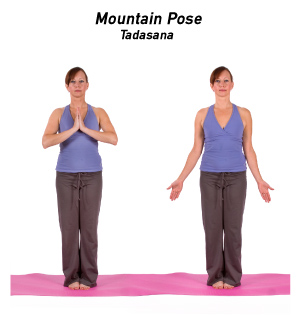
As a startup yoga helps to warm up your muscles. Most yoga postures start with this pose: Stand with feet farther than hip-width apart, knees slightly bent and toes
pointed straight ahead, your palms touching at "heart center" (in front of your chest). Close your eyes and breathe deeply.
[A] Inhale and sweep your arms out and overhead, bending back slightly (next slide).
[B] Exhale and stand upright, returning your hands to your heart center.
[C] Repeat it for 10 times with full breaths.
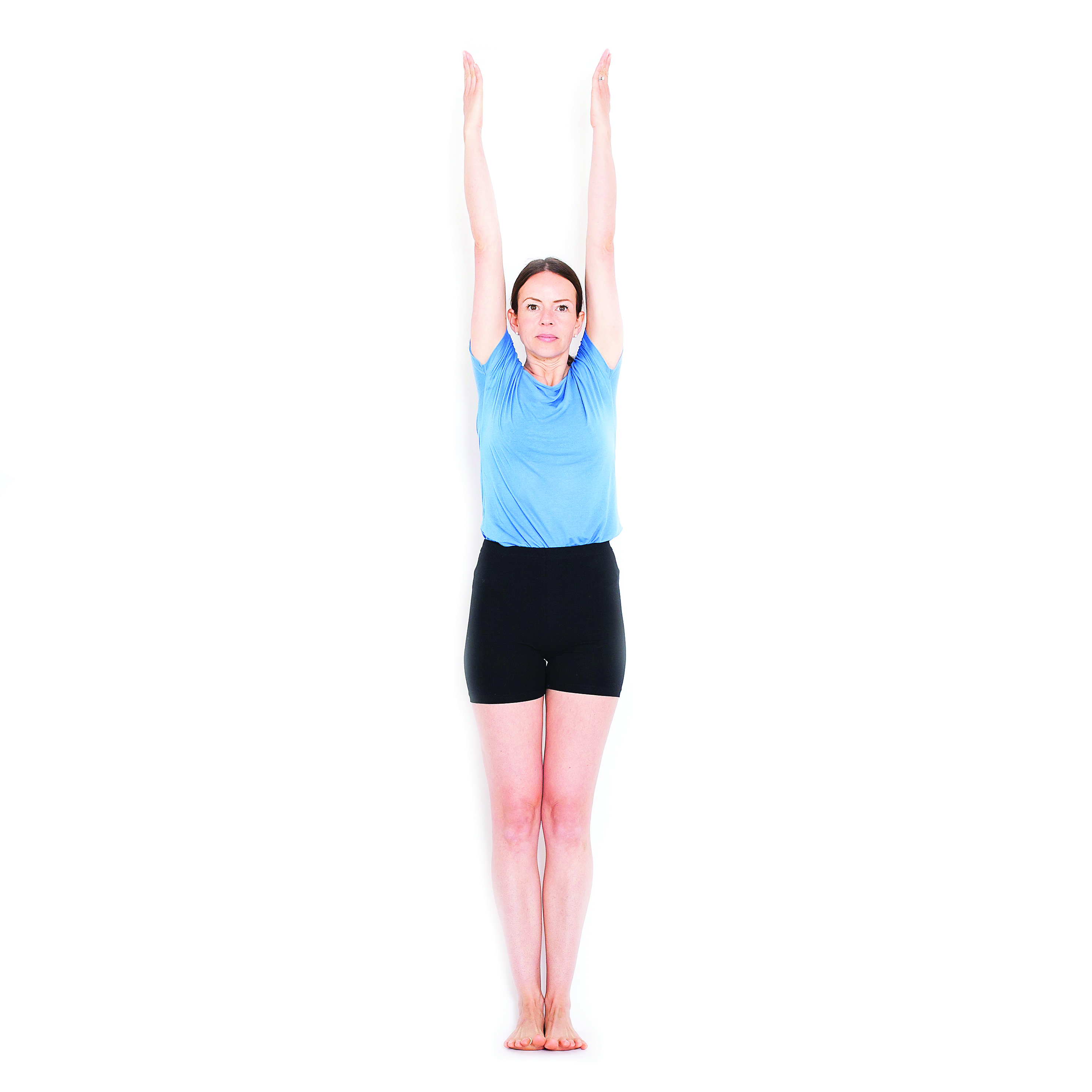
[A] Inhale and sweep your arms out and overhead, bending back slightly (this slide).
[B] Exhale and stand upright, returning your hands to your heart center.
[A] Repeat it for 10 times with full breaths.
Supported Triangle yoga pose strengthens your entire body. Stand with your feet farther than shoulder-width apart. Face your right toes forward and left toes out. Bend
your left leg, placing your left hand on the thigh, eyes looking down (this slide).
[A] Inhale, then exhale as you lift your right arm above your shoulder and turn your head, eyes looking up. Place your left arm on your thigh for support (next
slide).
[B] Hold for 1 full breath as you lower your right arm and straighten leg. Return to starting position, then repeat for 5 full breaths.
Reverse feet and repeat sequence on the other side.
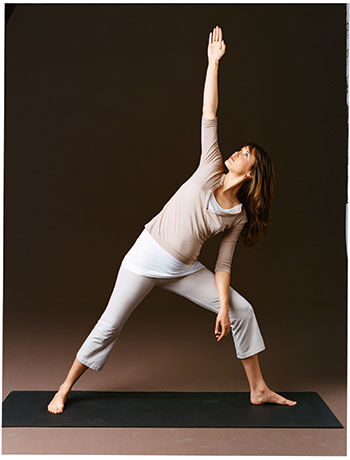
This Supported Triangle yoga pose strengthens your entire body. Stand with your feet farther than shoulder-width apart. Face your right toes forward and left toes out.
Bend your left leg, placing your left hand on the thigh, eyes looking down (as shown in previous slide).
[A] Inhale, then exhale as you lift your right arm above your shoulder and turn your head, eyes looking up. Place your left arm on your thigh for support (this
slide).
[B]Hold for 1 full breath as you lower your right arm and straighten leg. Return to starting position, then repeat for 5 full breaths.
Reverse feet and repeat sequence on the other side.
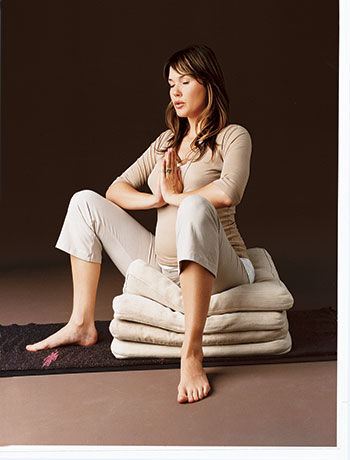
This posture is called "Supported Squat Yoga pose". For this stand with your feet wider than hips, with a stack of pillows on the floor behind you. Bend your knees to
lower your hips into a deep squat, sitting on the pillows, palms together at your heart center.
Breathe: Close your eyes and breathe deeply through your nose as you relax your pelvic floor (the muscles surrounding the vagina). Hold for 10 full breaths, then go
onto hands and knees for the next move. This move is a great preparation for birth.
Note: This pose is not recommended if you are experiencing any signs of premature labor.
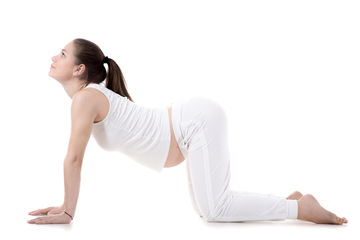
[A]. Kneel on all fours, abdominals drawn in. Inhale and gently arch your back, tipping your tailbone up, eyes looking up toward the sky (this slide).
[B]. Exhale and round your back as you tuck your chin in toward your chest (next slide).
[C]. Sit back on your heels into Child's Pose and relax for 1 breath.
Repeat sequence 10 times. Remain in Child's Pose for 5 slow breaths to cool down.
You can use this move during labor.
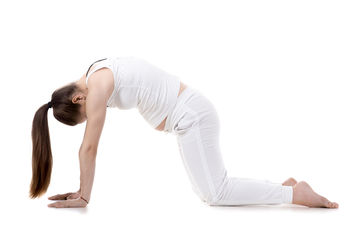
[A]. Kneel on all fours, abdominals drawn in. Inhale and gently arch your back, tipping your tailbone up, eyes looking up toward the sky (previous slide).
[B]. Exhale and round your back as you tuck your chin in toward your chest (this slide).
[C]. Sit back on your heels into Child's Pose and relax for 1 breath (next slide).
Repeat sequence 10 times. Remain in Child's Pose for 5 slow breaths to cool down.
You can use this move during labor.
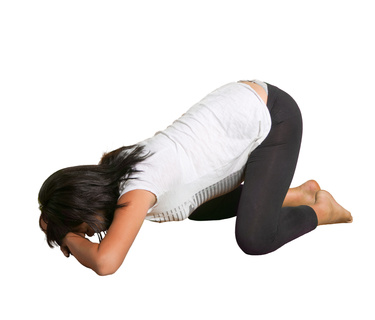
[A]. Kneel on all fours, abdominals drawn in. Inhale and gently arch your back, tipping your tailbone up, eyes looking up toward the sky.
[B]. Exhale and round your back as you tuck your chin in toward your chest (previous slide).
[C]. Sit back on your heels into Child's Pose and relax for 1 breath (this slide).
Repeat sequence 10 times. Remain in Child's Pose for 5 slow breaths to cool down.
You can use this move during labor.
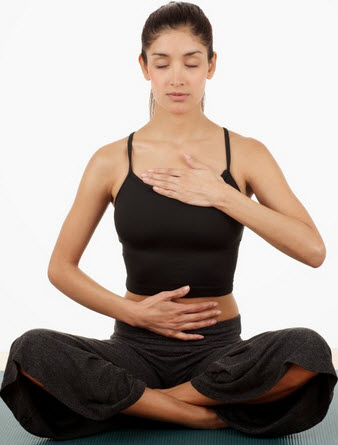
Belly Breathing: Sit erect on a pillow in a comfortable, cross-legged position, your hands on your lower belly. Close your eyes and breathe deeply through your nose,
keeping your face and jaw relaxed. Focus on relaxing your pelvic-floor muscles. Exhale slowly and repeat.
While you're in labor, you can rely on ujai pranayama, an ancient breathing technique, to help you relax through contractions. Here's how to do it: Keeping your jaw
and face relaxed and eyes closed, place the top of your tongue on the roof of your mouth, and hands on your belly. Breathe in slowly and deeply through your nose and
imagine drawing the breath into the crown of your head and the deepest part of your belly. Then exhale through your nose, drawing the belly in to empty all the air
out.

We provide yoga services in all life style disorders and wellbeing
Heart conditions that include diseased vessels, structural problems and blood clots.
Read More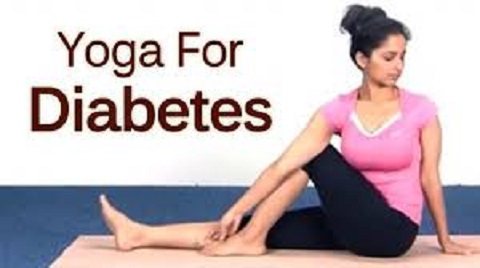
Diabetes - A group of diseases that result in too much sugar in the blood (high blood glucose).
Read More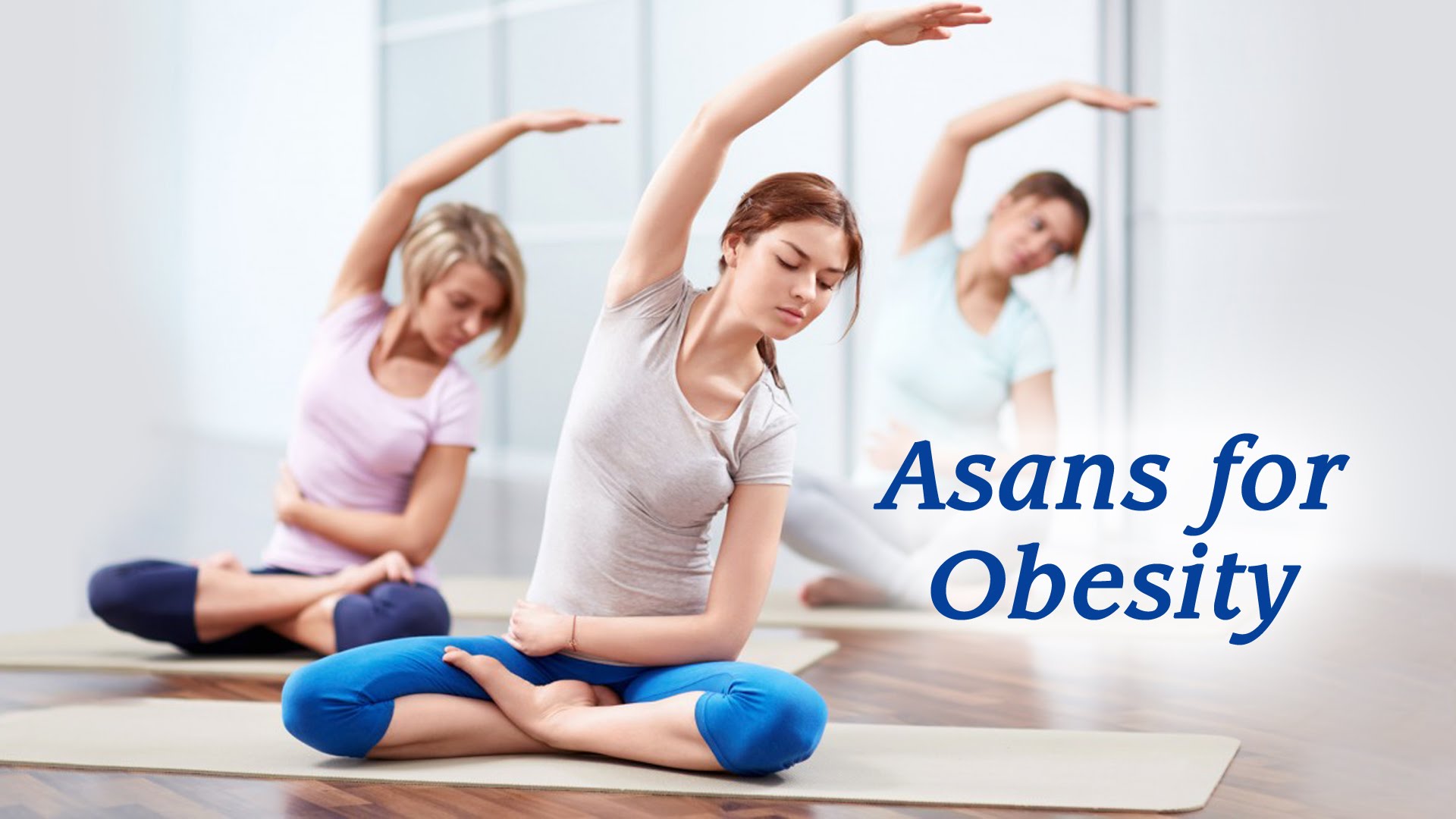
Obesity - A disorder involving excessive body fat that increases the risk of health problems.
Read More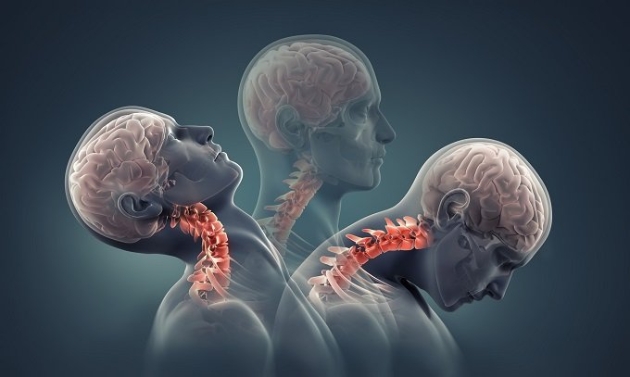
Cervical spondylosis is a common, age-related condition that affects the joints and discs in your cervical spine, which is in your neck.
Read More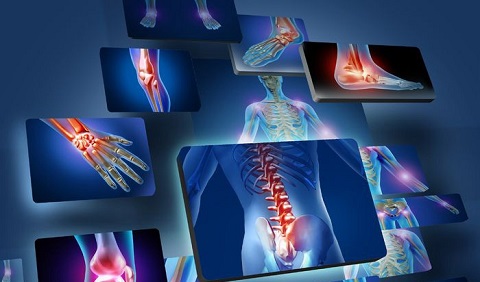
Arthritis - Inflammation of one or more joints, causing pain and stiffness that can worsen with age.
Read More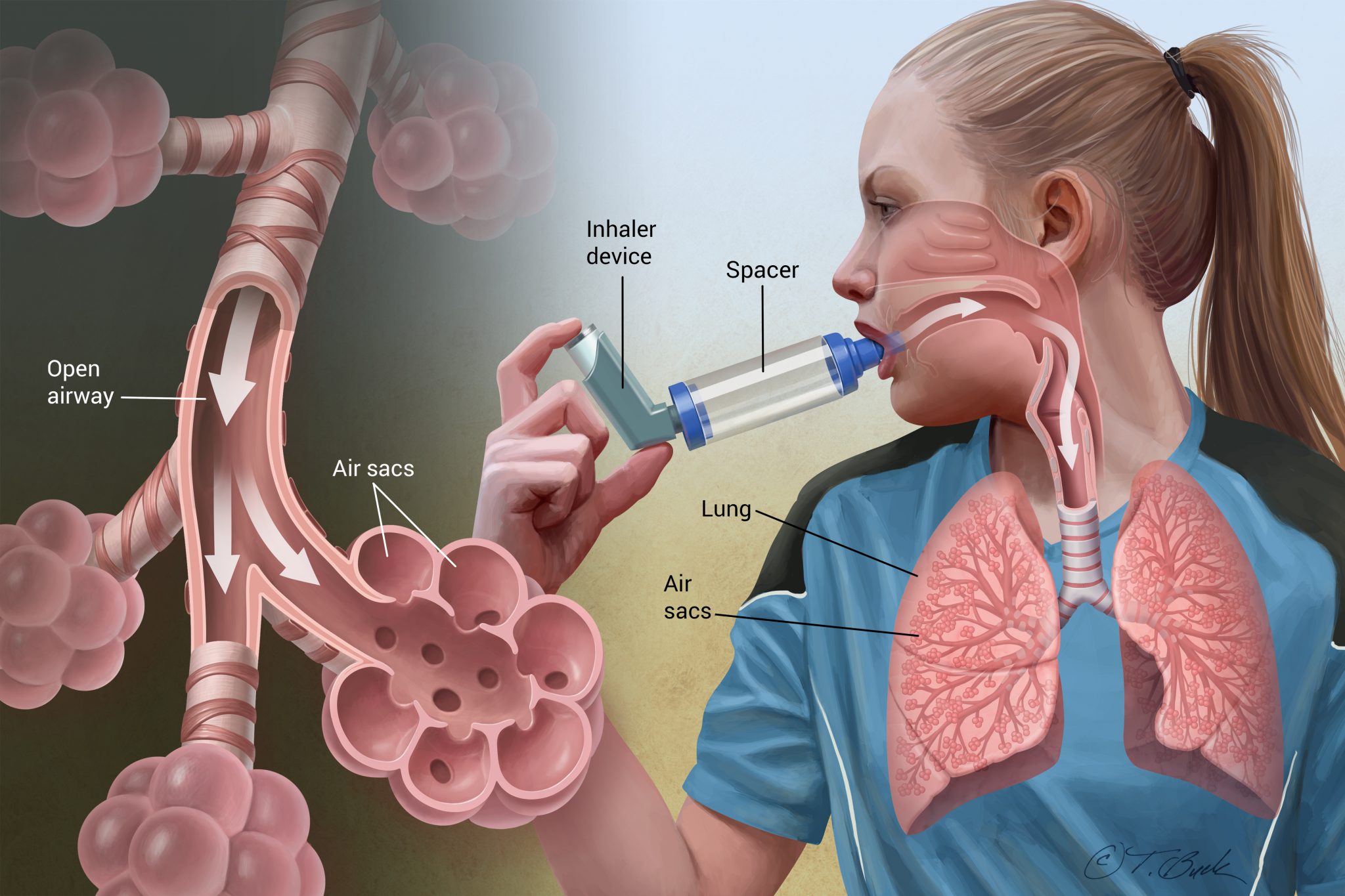
Asthma - A condition in which a person's airways become inflamed, narrow and swell and produce extra mucus, which makes it difficult to breathe.
Read More
A mental health disorder characterised by feelings of worry, anxiety or fear that are strong enough to interfere with one's daily activities.
Read More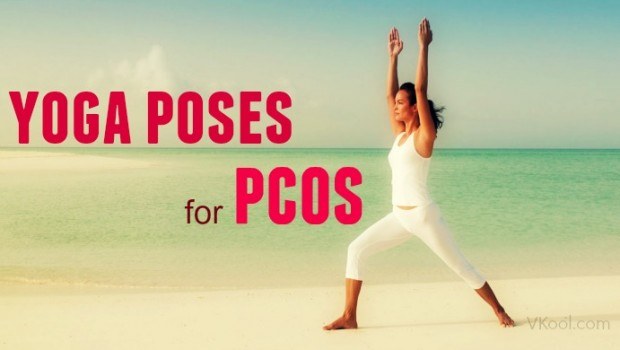
PCOS - A hormonal disorder causing enlarged ovaries with small cysts on the outer edges.
Read More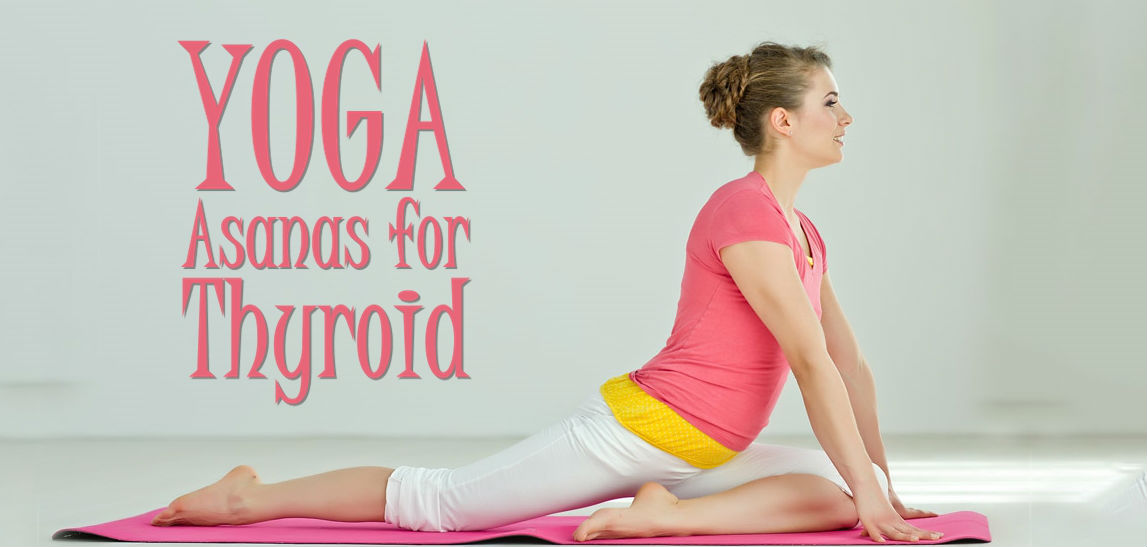
Thyroid - Thyroid disease is a common problem that can cause symptoms because of over- or under-function of the thyroid gland.
Read More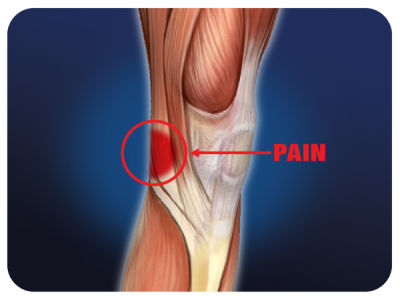
Osteoarthritis is a degenerative process that causes knee joint pain, stiffness, and swelling.
Read More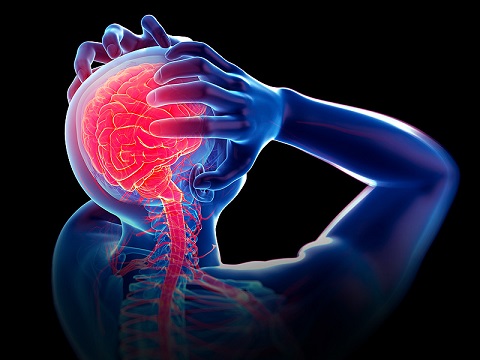
Migraine - A headache of varying intensity, often accompanied by nausea and sensitivity to light and sound.
Read More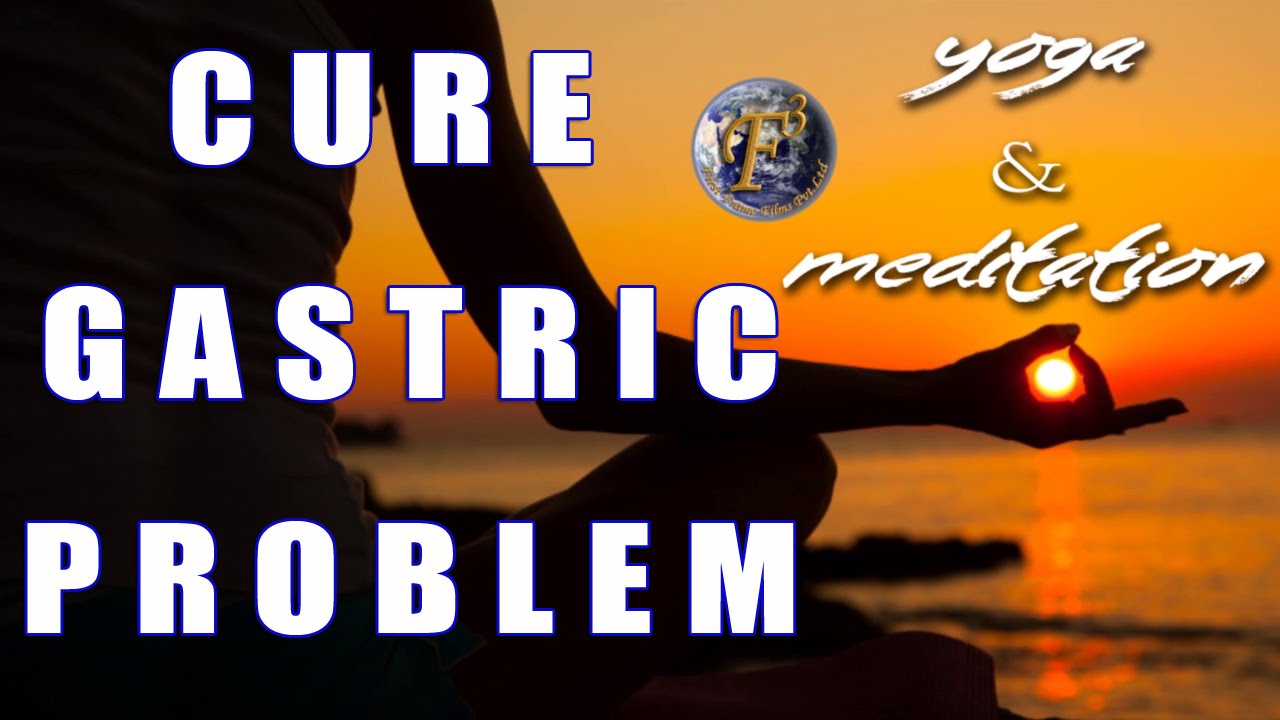
Gastric problems are usually more common in diabetics who have had the condition for longer, and is mostly caused by neuropathy affecting certain nerves in the digestive system.
Read More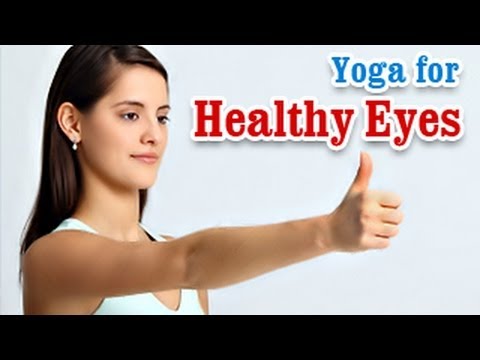
Eye diseases like macular degeneration, glaucoma, and cataracts, can cause vision problems.
Read More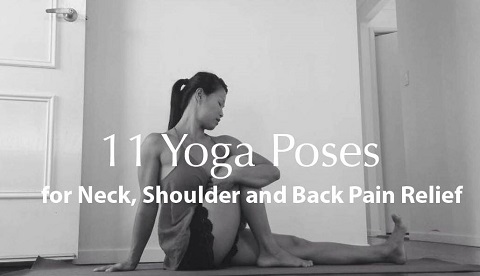
Shoulder problems happen when the soft tissues in the shoulder break down.
Read More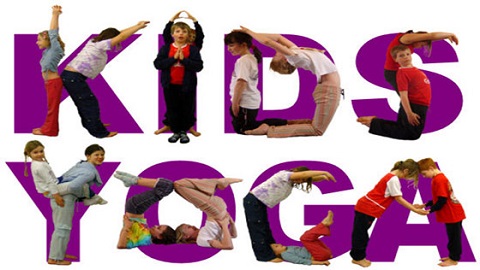
Yoga is for all age groups kids, children, tenage, young and adults.
Read More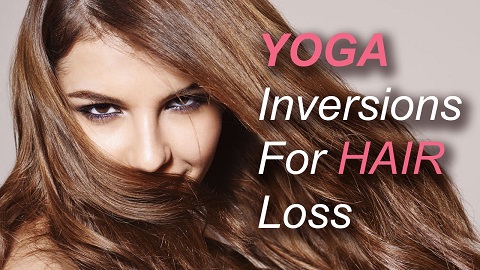
Hair Loss - Hair loss, also known as alopecia or baldness, refers to a loss of hair from part of the head or body.
Read More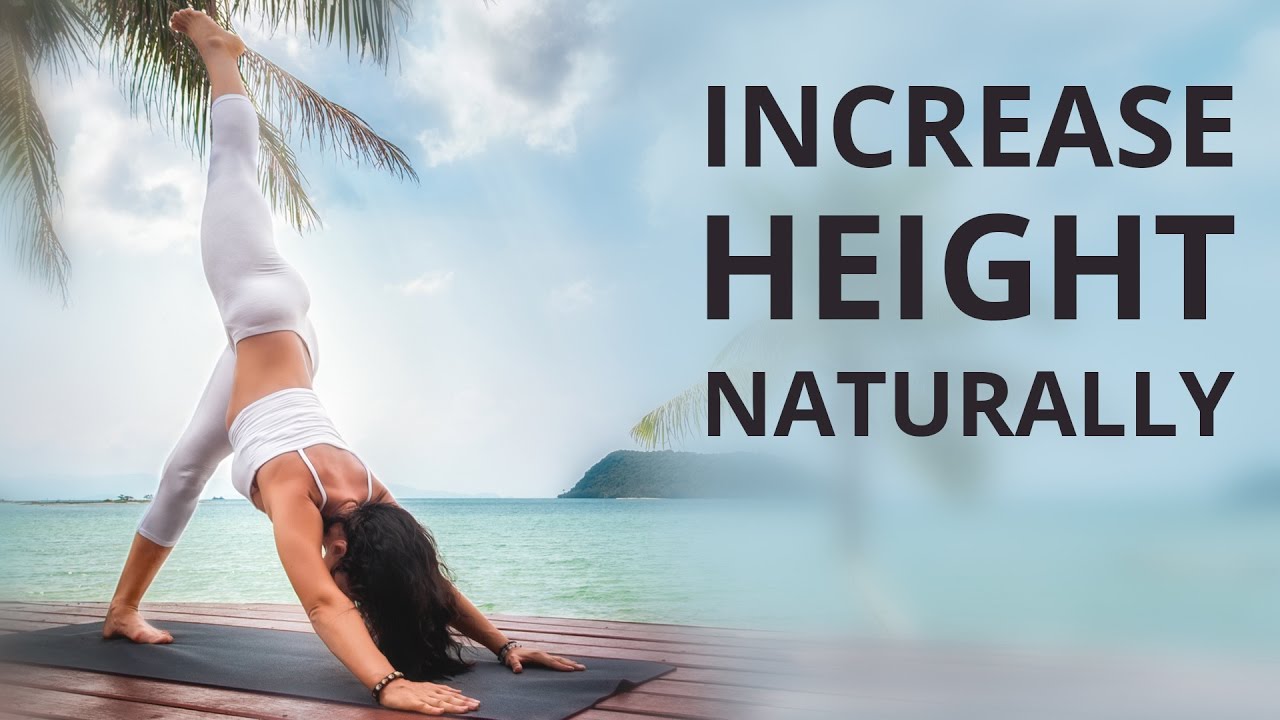
Yoga helps to increase your height by opening your ligamnets, stiffed tendons, ball and socket joints.
Read More
Pranayama, breathing exercises, headstand, and fish pose are primarily the best for glowing skin.
Read More
Body Toning - Tone up you body curves and lose weight by yoga asanas.
Read More
General Fitness by yoga includes physical, mental and spiritual wellbeing.
Read More